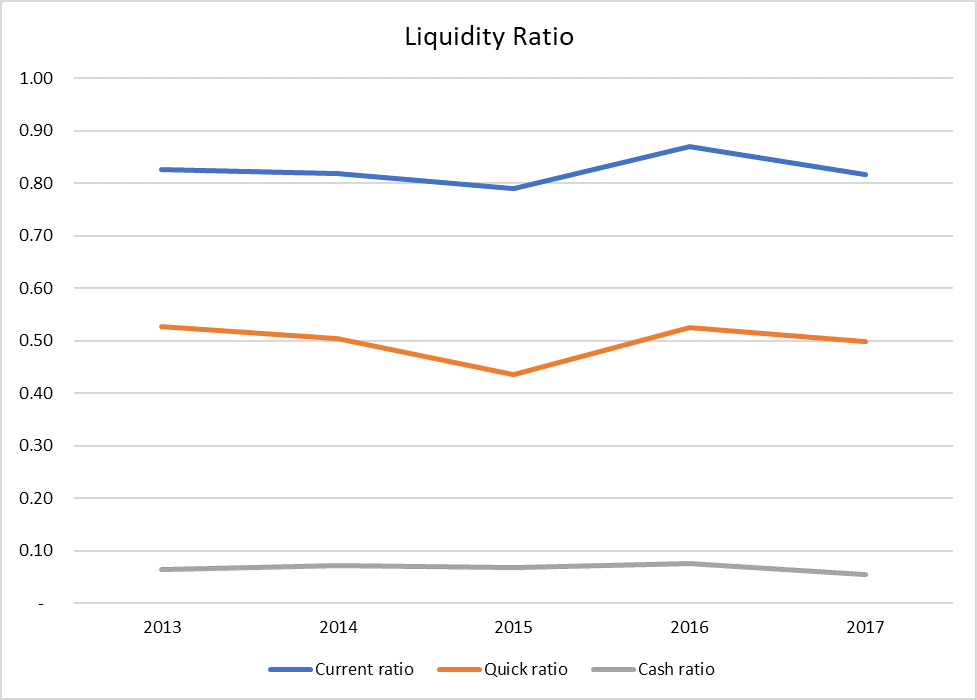Content

Manufacturers, while auditing the cost of goods available for sale, don’t factor in purchases, as they don’t purchase goods to add to existing inventory. In this case, their calculation only takes into account the beginning inventory as well as the number of goods produced along the way. If you make a mistake in the calculation of the cost of goods available for sale, the likelihood of the error affecting the cost of goods sold is usually high.
What is another name for cost of goods available for sale?
COGS is sometimes referred to as cost of merchandise sold or cost of sales. Some companies that sell a mix of products and services prefer a broader term, cost of revenue, of which COGS is one component.
Costs can be directly attributed and are specifically assigned to the specific unit sold. This type of COGS accounting may apply to car manufacturers, real estate developers, and others. Bill’s Retail Outlet has a beginning inventory of $100,000 and he purchases $75,000 of goods during the period.
Cost of Goods Sold
This is the sum of the beginning inventory of merchandise plus the net cost of the merchandise purchased including freight-in. Products or goods that have been sold during the year. This allocated amount will appear on the income statement for the year as cost of goods sold . Products or goods that are in ending inventory. This allocated amount will be reported on the end-of-the-year balance sheet. Suppose XYZ Inc. produced 1000 chocolate boxes for a total production cost of US $ 4000.
- It doesn’t reflect the cost of goods that are purchased in the period and not being sold or just kept in inventory.
- The total cost of purchases is then $28,550.
- As revenue increases, more resources are required to produce the goods or service.
- When you buy in more goods than you sell, it may look as though you have made a loss and have no tax to pay.
- The articles and research support materials available on this site are educational and are not intended to be investment or tax advice.
- It includes material cost, direct labor cost, and direct factory overheads, and is directly proportional to revenue.
- By reducing waste, you can save money and increase profits.
It is the total cost of raw materials and labour used to manufacture goods that an entity has and that are available to be sold. Operating income is a company’s profit after deducting operating expenses such as wages, depreciation, and cost of goods sold. Examples of pure service companies include accounting firms, law offices, real estate appraisers, business consultants, professional dancers, etc. Even though all of these industries have business expenses and normally spend money to provide their services, they do not list COGS. Instead, they have what is called “cost of services,” which does not count towards a COGS deduction. Cost of goods sold includes all of the costs and expenses directly related to the production of goods.
Owner’s Draw vs. Salary : How Should I Pay Myself & What Are The Tax Implications?
7 Returned 25 defective units from the November 5 purchase and received full credit. Goods a company owns and expects to sell to its customers. The merchandise available for sale is considered in deciding upon the inventory levels by an entity to meet the expected sales demand.
How do you find total goods available for sale?
To calculate the cost of goods available for sale, you add the total value of current inventory to the cost of producing that inventory. For example, if a business has $5,000 worth of products that are ready to sell and those products cost $3,000 to produce, their total cost of goods available to sell is $8,000.
What you do is start with your beginning inventory and add that cost to the purchases of finished goods you made throughout the accounting cycle. You then add the finished goods that you manufactured during the period to the cost and you get the total cost of goods that available for sale. Ending InventoryThe ending inventory formula computes the total value of finished products remaining in stock at the end of an accounting period for sale. It is evaluated by deducting the cost of goods sold from the total of beginning inventory and purchases.
Operating Expenses vs. COGS
Under the periodic inventory system, the ending inventory balance is then subtracted from the cost of goods available for sale to arrive at the cost of goods sold . Construction businesses may have many COGS accounts, ranging from Direct Labor, Materials, Subcontractor, and Indirect COGS . Indirect COGS still relate to the production of revenue, but cannot be tied to a specific customer, job or project .
- This relationship portrays how COGS is used to assess how efficient the company is in managing its supplies and labor in production.
- Many service businesses do not track Cost of Goods Sold which we at Lucrum feel is a mistake.
- When they sell 100 widgets, they take the cost of production and move it from the balance sheet to the Income Statement as COGS.
- Manufacturers, while auditing the cost of goods available for sale, don’t factor in purchases, as they don’t purchase goods to add to existing inventory.
Well, you take the face value of the goods, which is $30,000, add the shipping costs of $150, and then deduct the $600 discount and the returns of $1,000. The total cost of purchases is then $28,550. It’s not just the dollar cost of the ending inventory that carries over to the next period. You also carry over the actual quantity of the goods that you close with into the next period. Again, this won’t hold if you’re stocking perishables and dispose of them at the end of the period.
